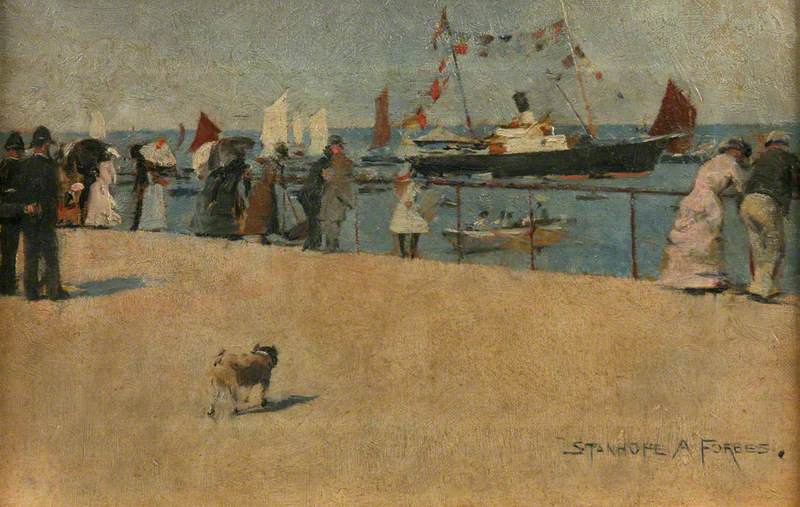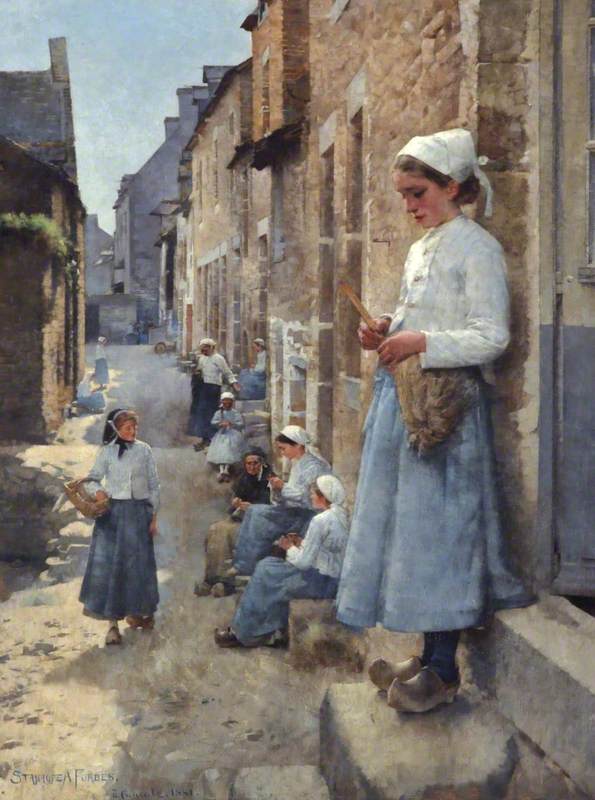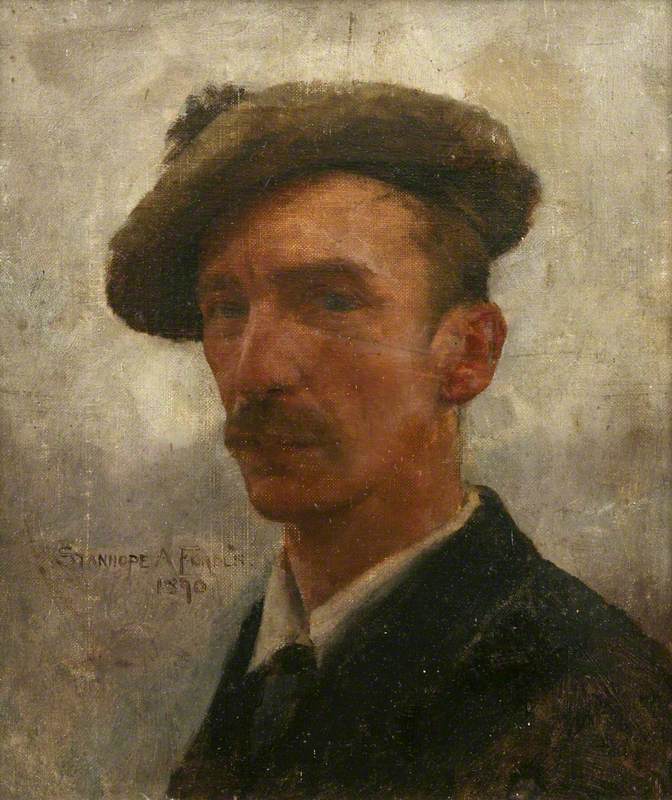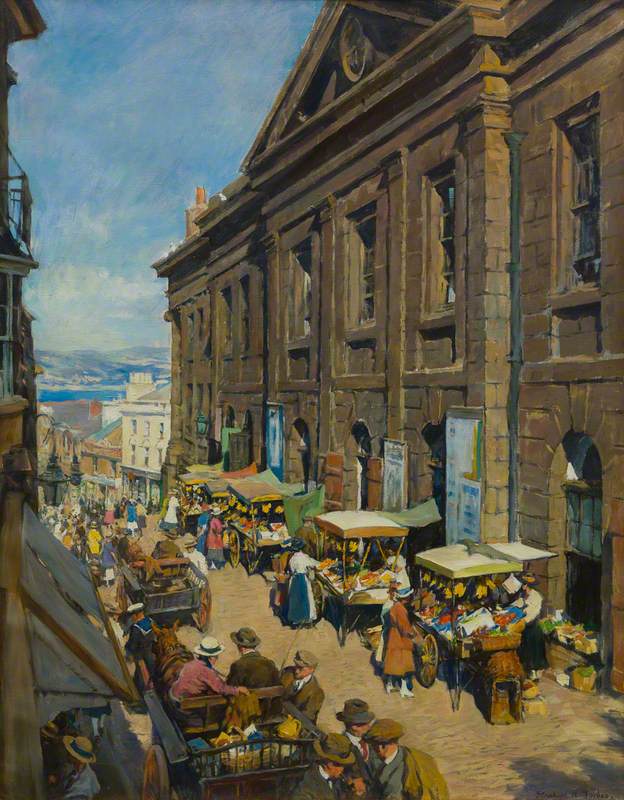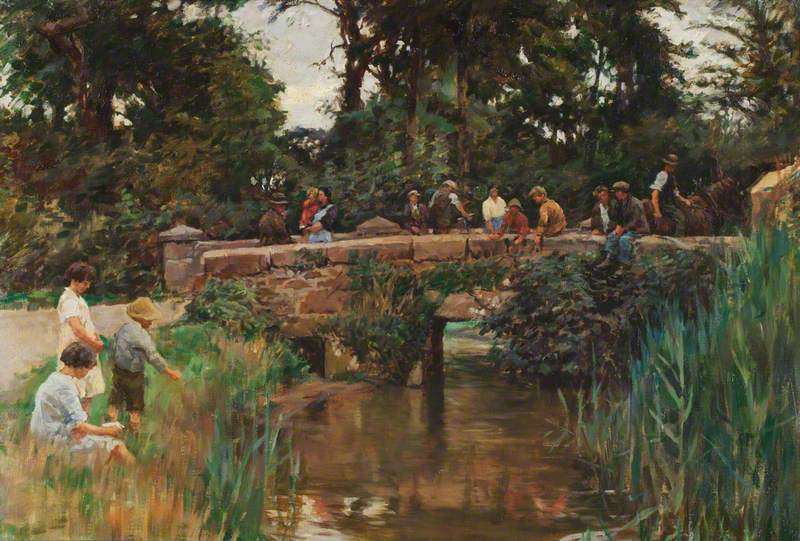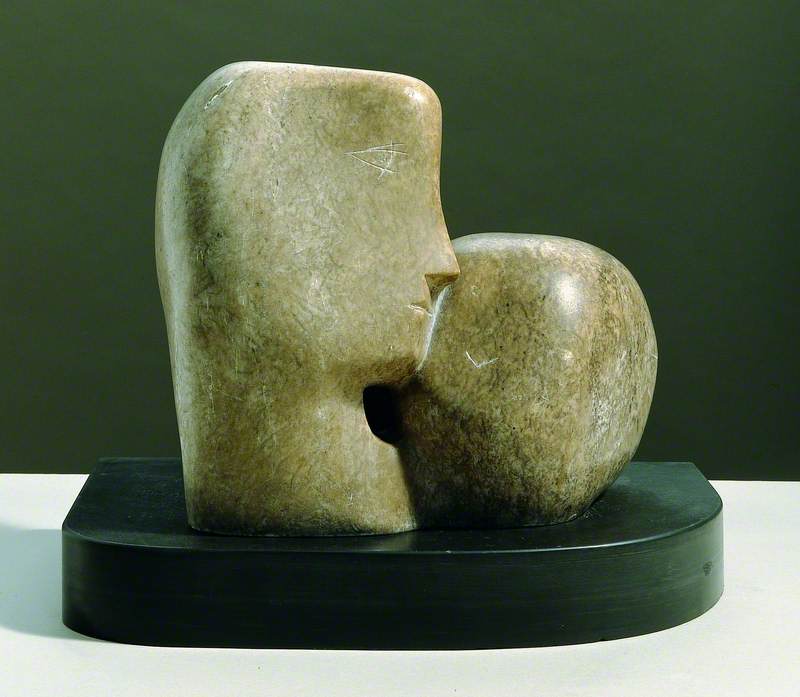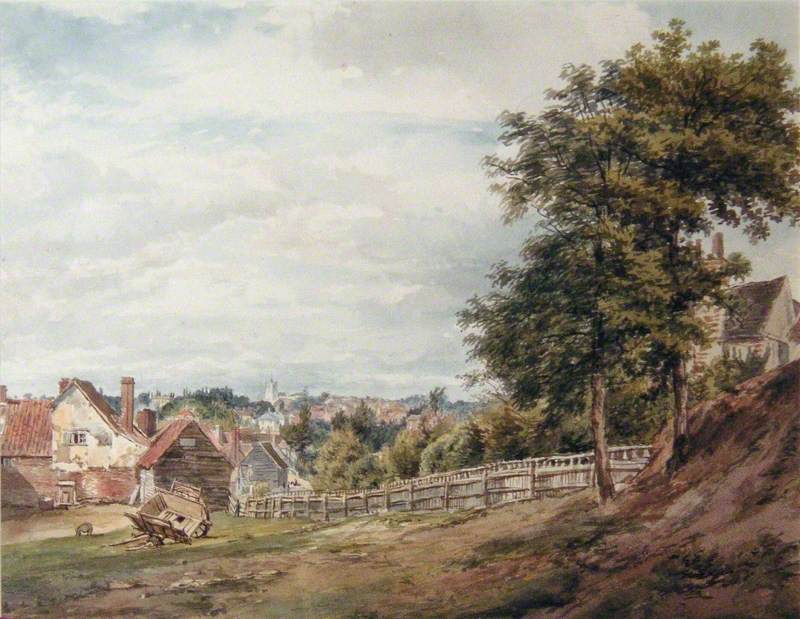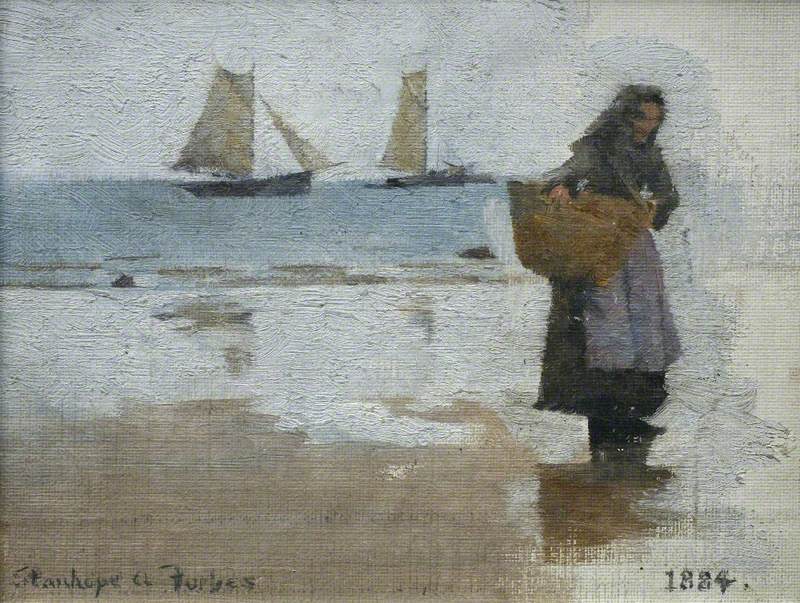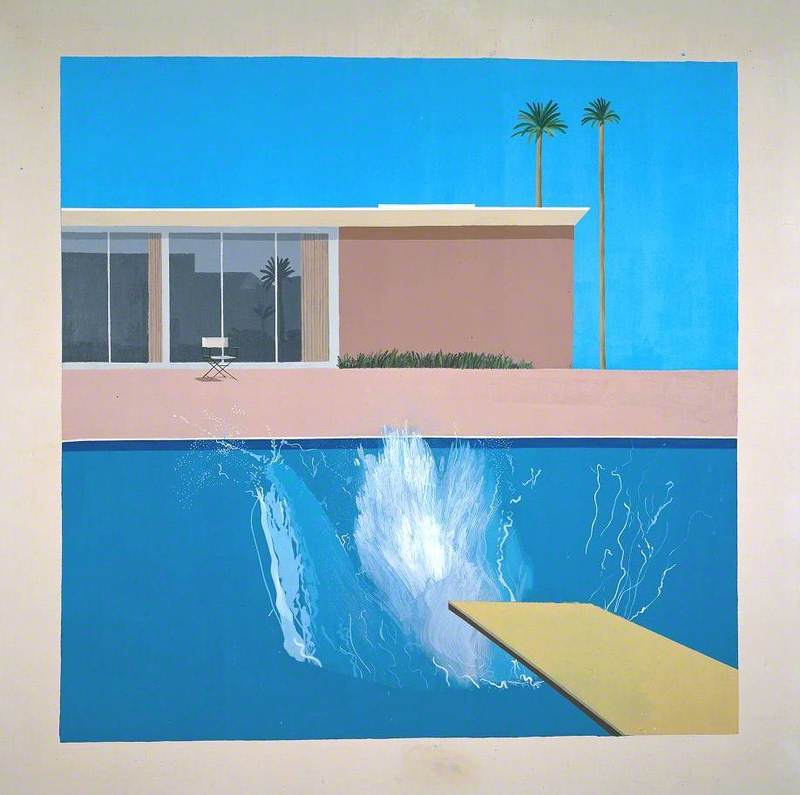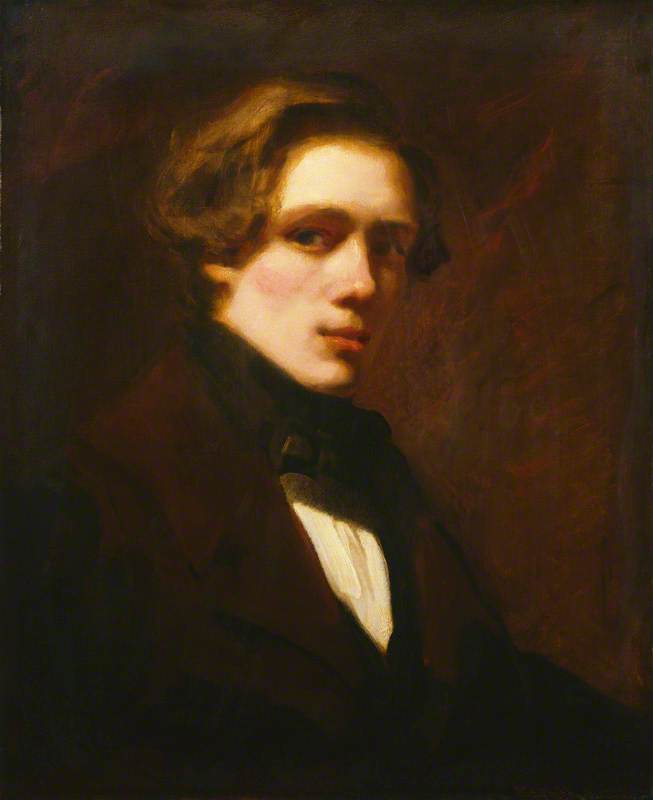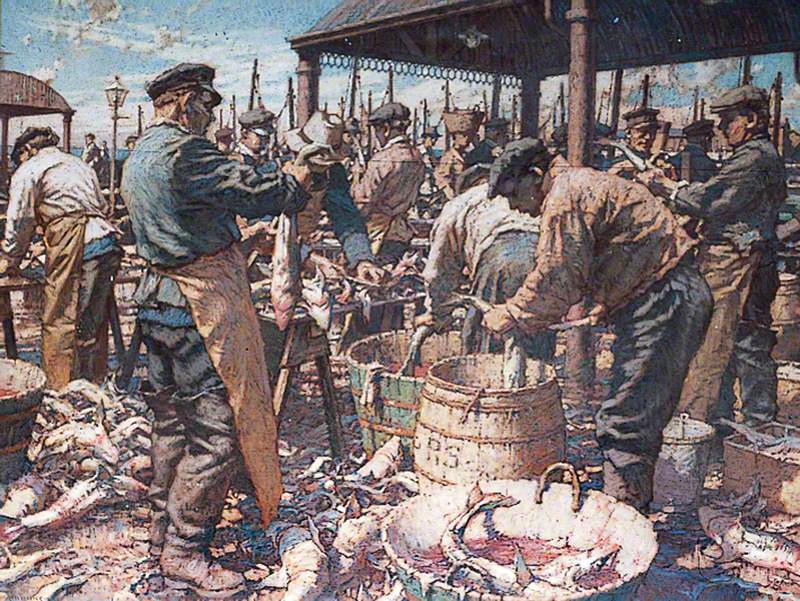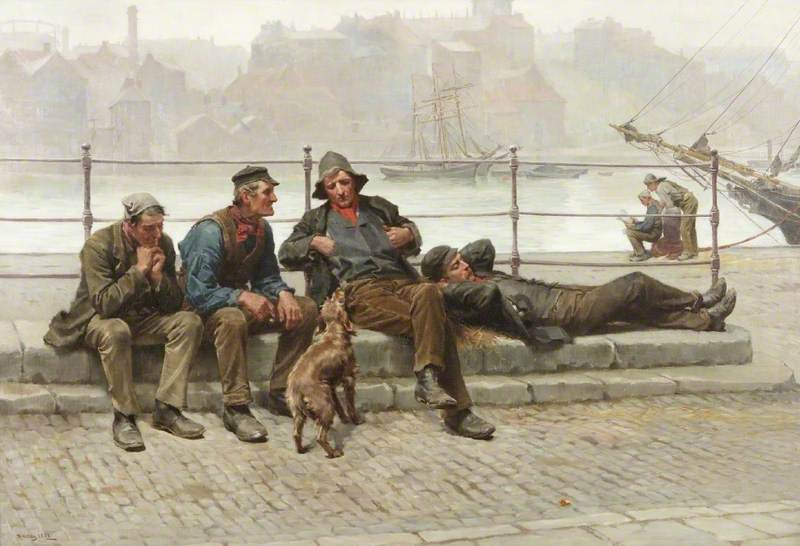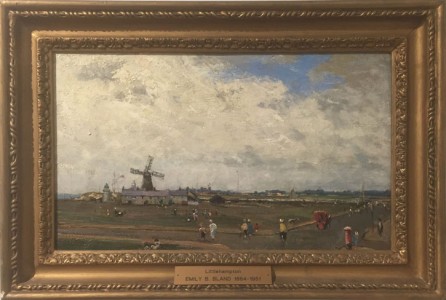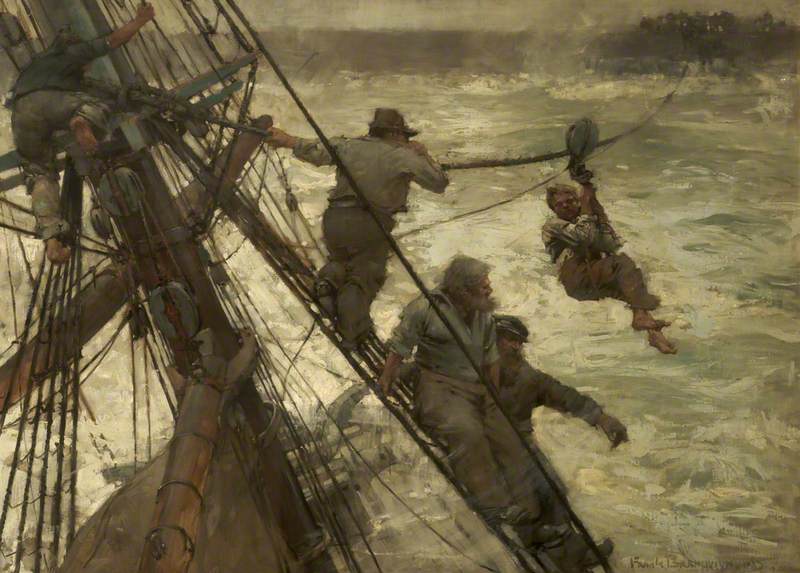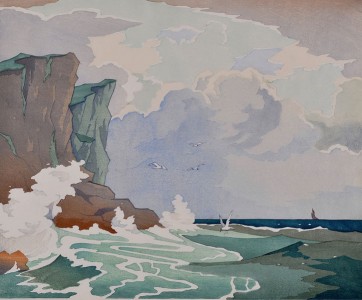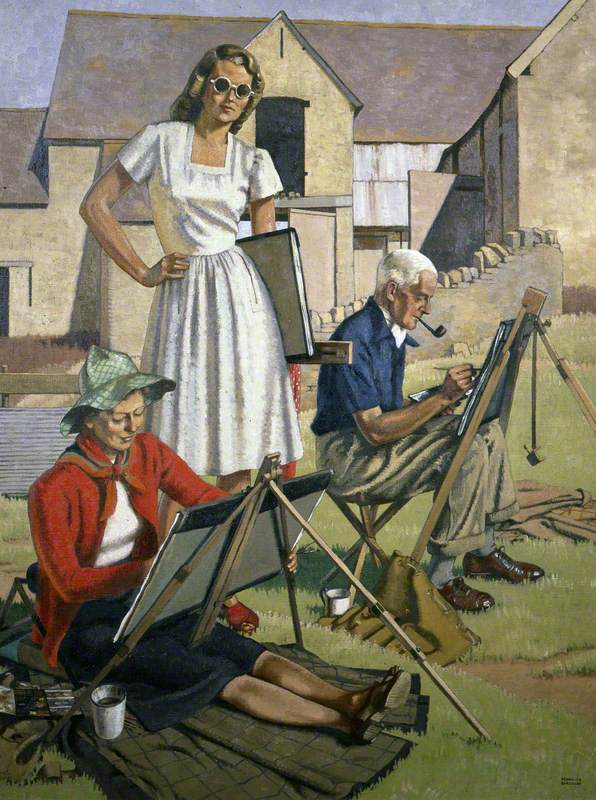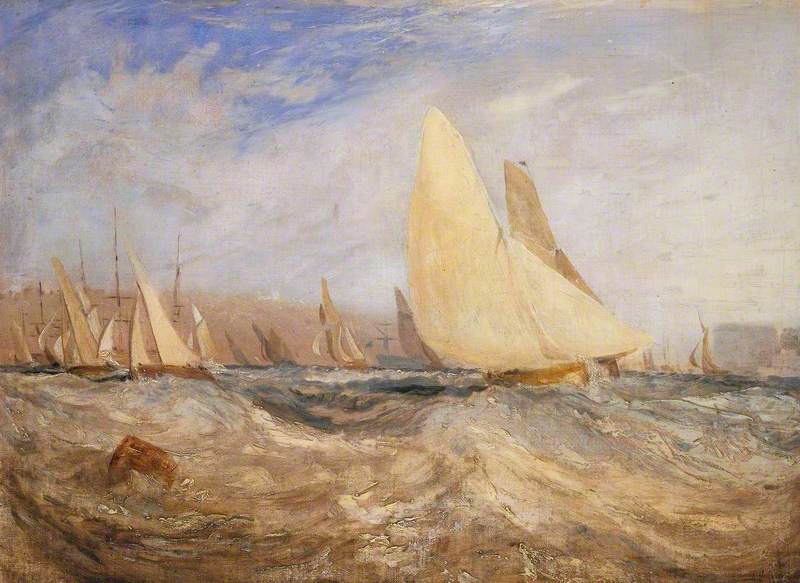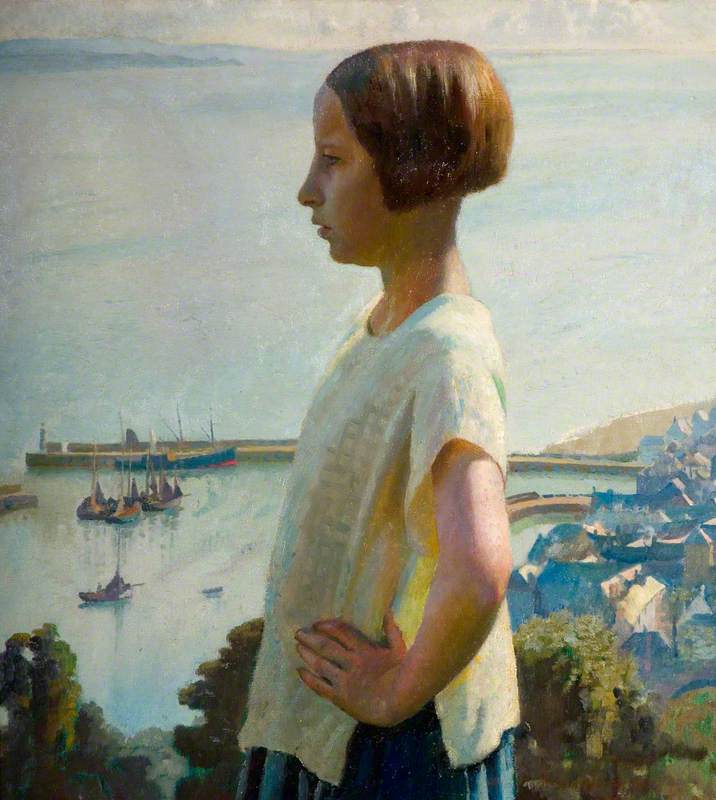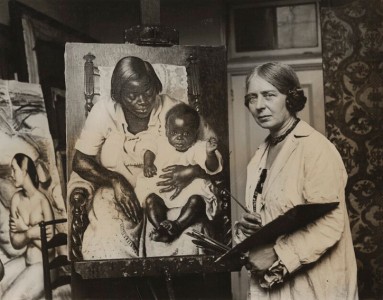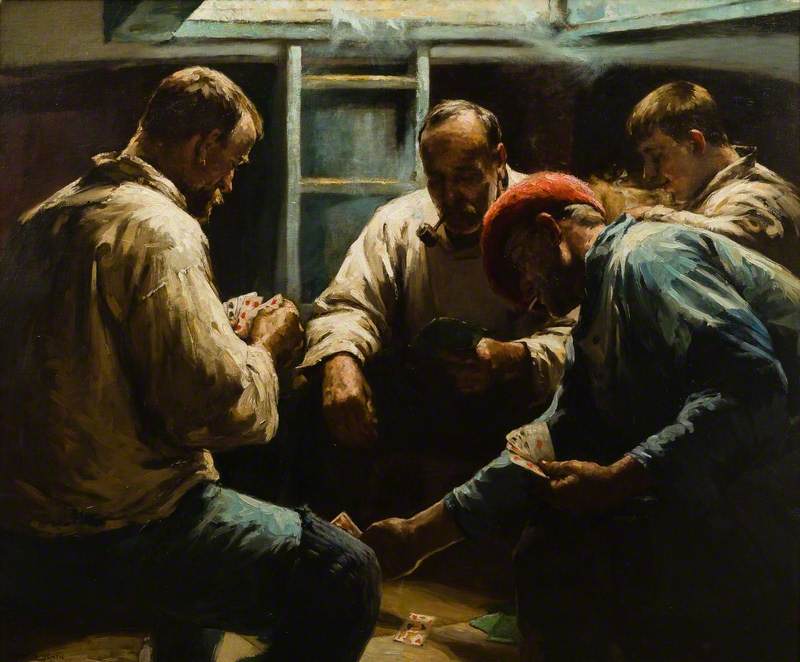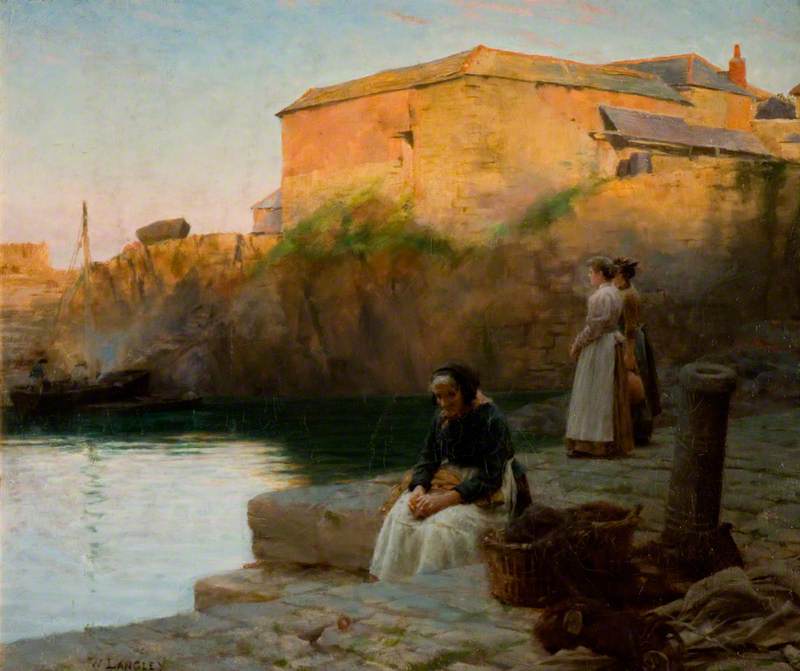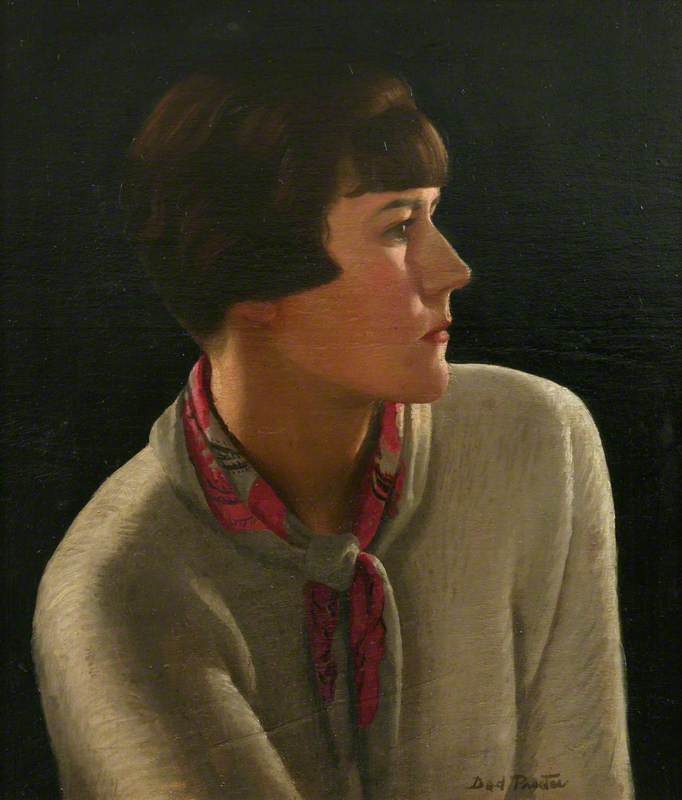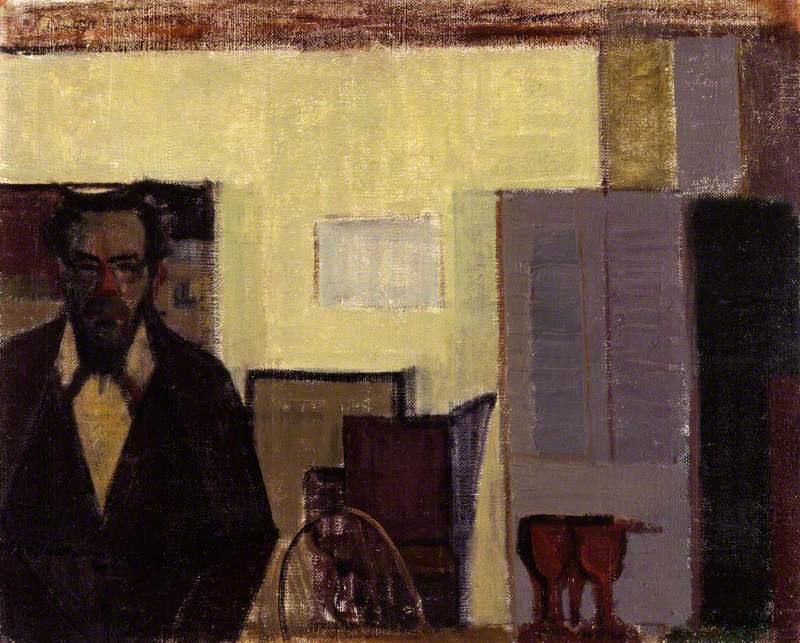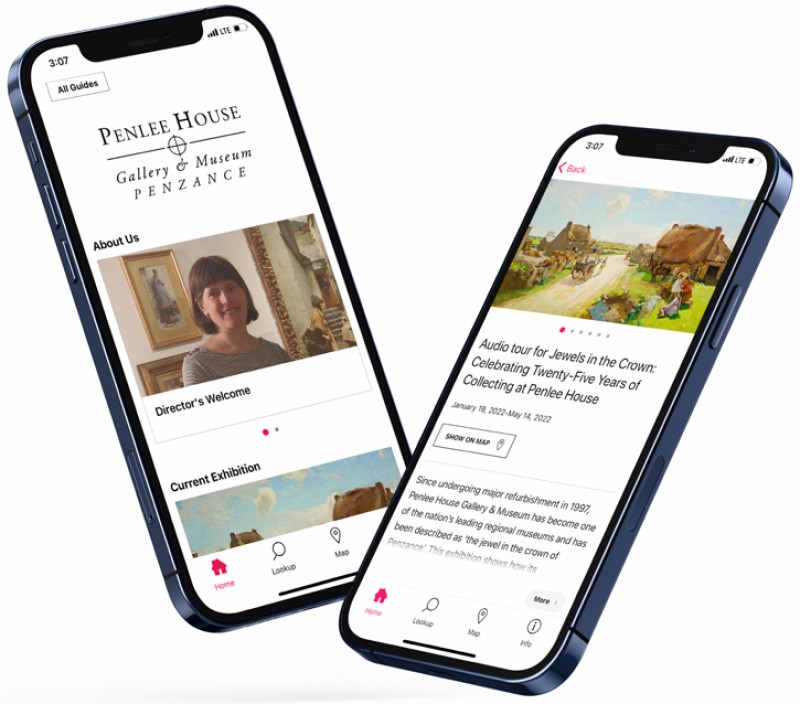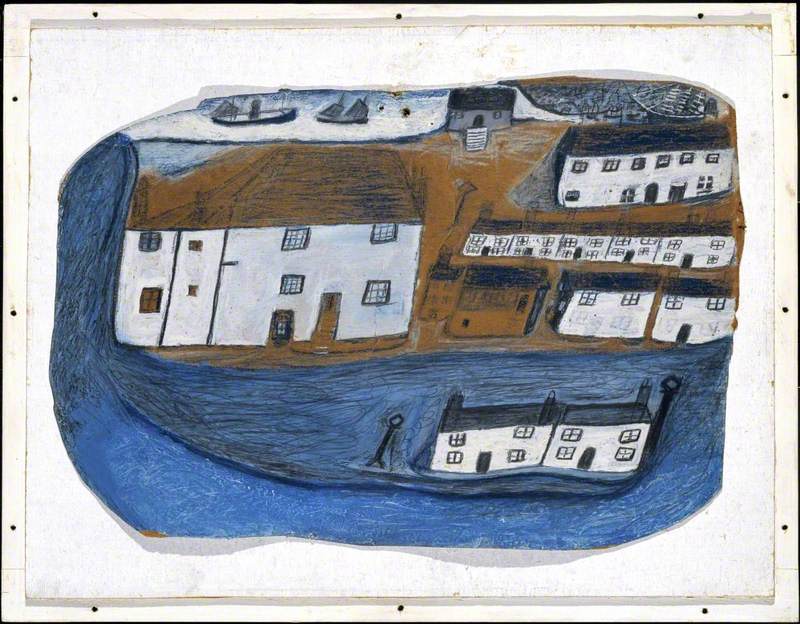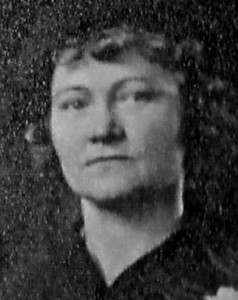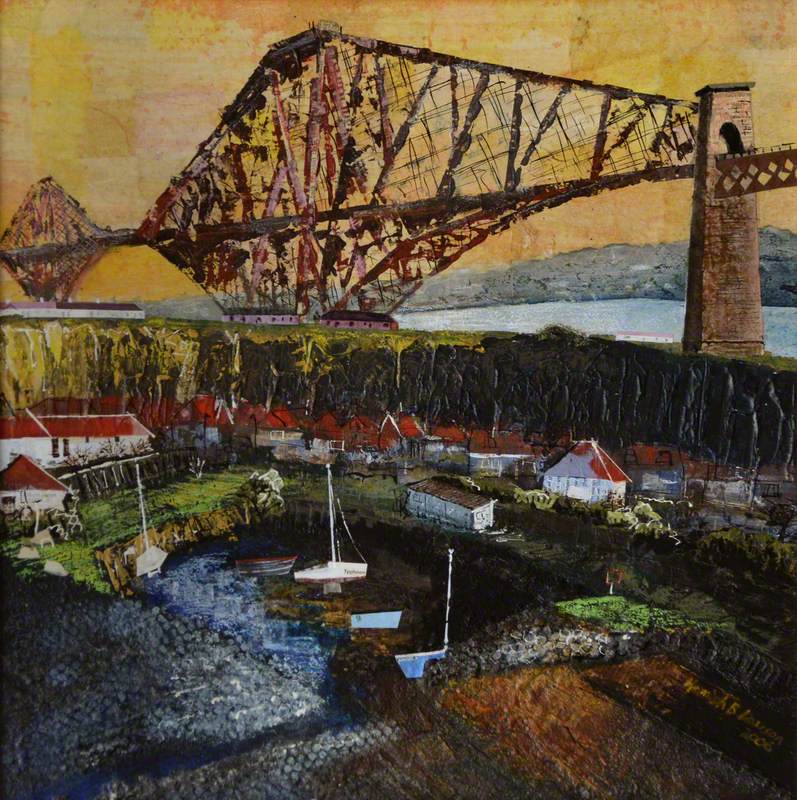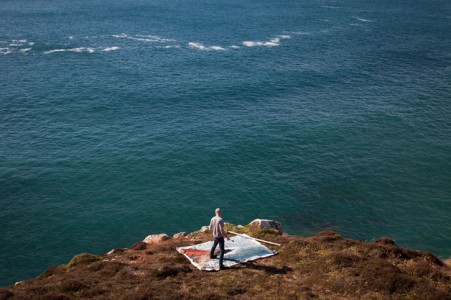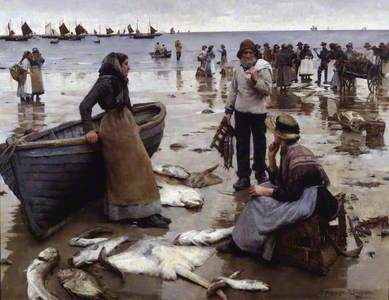Stanhope Alexander Forbes (1857–1947) was one of the 'greats' of the Newlyn School artists' colony that flourished from the 1880s onwards. Although by no means the first artist to set up in Newlyn, the small fishing village on the south west tip of Cornwall, Forbes' arrival galvanised the emerging art community and helped to build its national and international reputation. For this reason, he is often described as the 'Father of the Newlyn School', which reflects both his significance and his popularity.
Forbes was born in Dublin in 1857 to an Irish father and a French mother. He was a student of the eminent Victorian artist John Sparkes at Dulwich College, and, showing an aptitude for art, Forbes enrolled at the Royal Academy Schools in London. He set his sights on a career as an artist and finished his studies a few years later at Léon Bonnat's studio in Paris.
Whilst studying abroad, Forbes absorbed the new style of 'plein air' (open air) painting that was sweeping the continent. Inspired by French Social Realist painters, such as Jules Bastien-Lepage, Forbes painted ordinary working people in their own surroundings, engaged in everyday tasks. He had spent the previous three summers painting in Brittany, mixing with a like-minded crowd of international young artists, and was hopeful that Cornwall would provide a similarly rich source of subjects. Paintings of French scenes were, unsurprisingly, unattractive for British consumers. He knew his market was among the new urban middle classes who were patriotic and keen to be up-to-date in their tastes. In January 1884, as an ambitious young man of 26, Forbes arrived in Newlyn.
There was already a small group of resident artists and, as soon as he arrived, Forbes found painters he knew from his student years. He immediately started work on a large painting that he named A Fish Sale on a Cornish Beach and thus encountered the challenge of painting outdoors on the wind-swept and chilly sands at Newlyn. At low tide, fish sales would take place on the beach and Forbes spent several months in 1884 sketching and painting his models in situ.
The painting was exhibited to public acclaim at the Royal Academy in the summer of 1885. The exhibition was effectively a shop window for artists and Forbes's reputation was sealed. The public marvelled at the realistic rendering of the figures and the cool grey light reflected in the shining sands. It was, and remains to this day, the defining work of a style of painting that became known in artistic circles as the 'Newlyn School'.
As other artists arrived in Newlyn, a colony began to form and to coalesce around the tall, gentlemanly figure of Stanhope Forbes. He was articulate, fair-minded, generous with his support for other artists and seemed to see the success of the colony as an aim in itself apart from individual ambition.
Though he took trips to paint elsewhere from time to time, Forbes saw no reason to move from Newlyn, where he had subjects for his major Royal Academy pictures. He met and fell in love with the Canadian-born painter Elizabeth Armstrong and, after a long engagement, they were married in 1889.
Elizabeth Adela Forbes (1859–1912)
Stanhope Alexander Forbes (1857–1947) 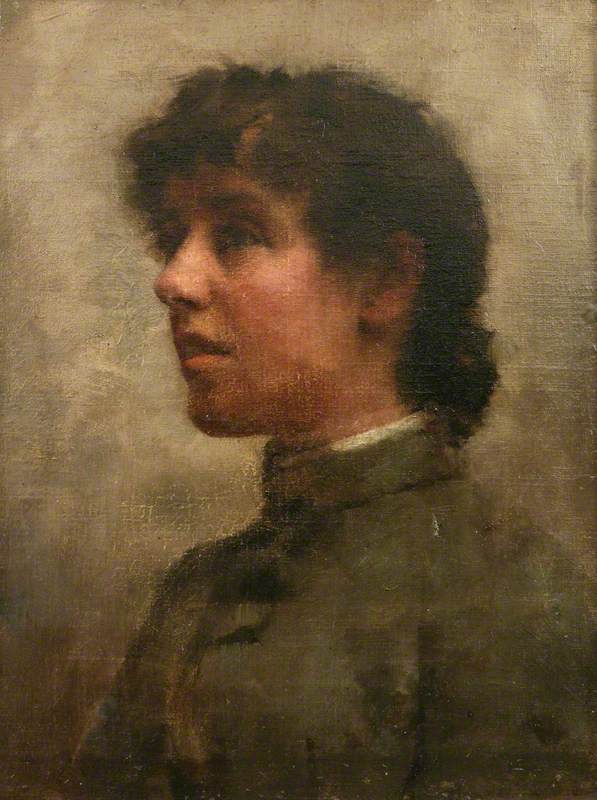
Together they set up a School of Painting in Newlyn and attracted a steady stream of new artists and enthusiastic amateurs. Forbes always insisted on the importance of painting outdoors as well as in the studios and he unfailingly urged his students to look carefully and paint what they saw.
Tragically, Elizabeth died in 1912 and his only child, his son Alec, was killed in the First World War.
Second Lieutenant Alec Forbes (1893–1916), Duke of Cornwall's Light Infantry
1916
Stanhope Alexander Forbes (1857–1947) 
In 1915, he married Maud Palmer (Maudie), herself an artist who had trained at the Forbes School. With the exception of a few paintings made on holidays to France or Italy, the landscapes Forbes sought out in his later years were mostly a short car journey from his Newlyn home at Higher Faugan.
His preference was for village crossroads or places where people would meet, where everyday life went on. Farm lanes overhung with trees, old stone houses and barns appealed to him, as if he wanted to keep well away from the bleak wind-swept coastal landscape that was attracting a new generation of artists to new interpretations of landscape.
The School of Painting closed in 1938, releasing Forbes from nearly 40 years of teaching. He died in Newlyn in 1947, but his legacy lives on.
Louise Connell, Director, Penlee House Gallery & Museum
The exhibition 'Stanhope Forbes: father of the Newlyn School' was at Penlee House Gallery & Museum from 10th June to 9th September 2017
